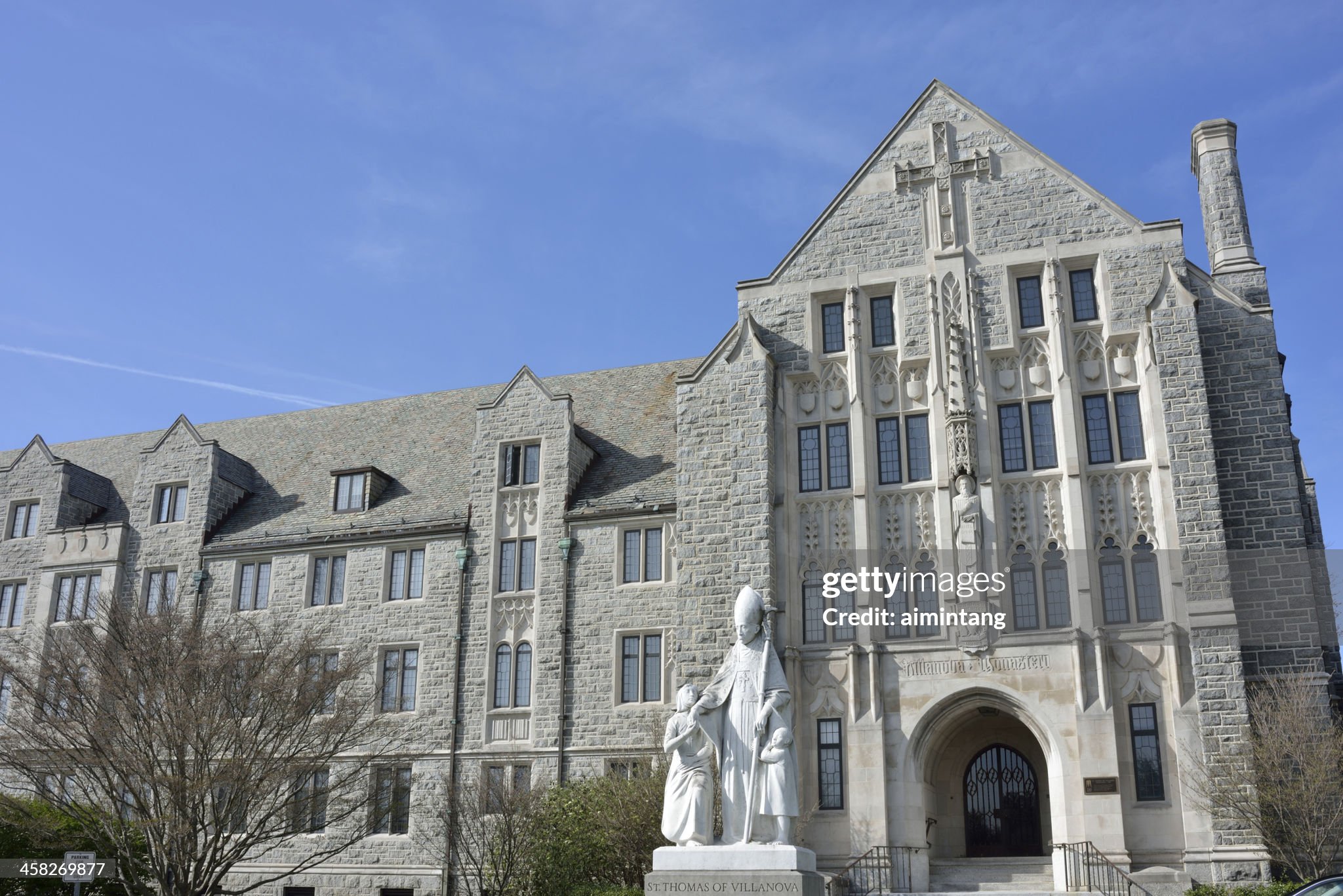
How higher education must remain relevant
The College Devaluation Crisis presents a proposition for higher education institutions to think about its longevity, relatability, and ability to provide students with marketable skills to be employable after achieving a degree.
The book is ideal for students questioning the importance of trade skills—case study and students personal accounts of life after college, with some unable to be employed—the importance of evolution, adaptability, and innovation in education have become the thriving focus in academia that will propel learners and employers alike to find new approaches to training and acquiring new talents.
It will be up to educators to transition from curriculum to more of a coaching role that would provide students with technical skills and real-life transferable skills—enabling students to develop human skills needed in today's marketplace.
Dr. Jason Wingard addresses that education has always, for more than 70 years, followed a traditional linear approach—a way of reaching a better socioeconomic status in a country, where opportunities do exist, but undefined knowledge is rarely discussed.
According to the author, attaining a degree does not provide enough information for an employer to wage the set of skills and capabilities of the new graduate or candidate.
“But for a long time, this emerging reality didn’t matter to employers because the basic problem-solving and critical-thinking skills that a college degree guaranteed in a candidate implied they could do the job being offered—or were at least a trainable professional,” the book states.
Although the book can be argumentative at times, it is the ability to remain philosophical that preserves its relatability and imposes a unique perspective on higher education.
“To me, education is the best mechanism for inspiring talent, the best tool for measuring learning achievement, the best foundational access to thought leadership at the highest level,” said Dr. Wingard in his book.
Traditional and Alternative Models of learning
The traditional model of learning follows a linear path. Students have a clear idea of what success will entail or what will ensure to pave the way towards it—but the traditional learning system has a “closing door” at the end—the attainment of a college degree, according to Dr. Wingard’s assessment, which does account for the upskilling and reskilling needed to withstand the technological advances and new skills needed to remain competitive.
Dr. Wingard asserts that “long-established policies make it difficult to alter the structure of academic programming,” which would address the inequities that exist in admissions— providing students with real-world experiences that allow for professional development to occur is only part of the process, the book claims. It is about “developing systems that allow for lifelong learning,” which will allow for higher education to remain relevant and students employable.
Companies like Noodle, Practera, Western Governors Universities, and Handshake represent the alternative model of learning by serving emerging skill needs, while respectively tackling a problem and working through expanding on newfound solutions that aim to address and focus on lifelong learning and accessibility. These companies are deemed in Dr. Wingard’s words as “breaking the silos,” which requires innovation in learning theory, experiential learning, and competency-based models.
Therefore, the traditional model is failing, according to Dr. Wingard it does not “provide reliable pathways to employment for as many qualified students as possible, and ensure that the skills they graduate with are relevant and transferable.”
By 2030, a college education and the degree that assures it will be replaced as the dominant pathway for the kind of talent development that presages professional readiness and career success.
Towards the end of his book, Dr. Wingard presents ten calls of action worth mentioning:
1. Traditional education providers should invest in, engage, and prioritize instructional design teams at the department level who are
- Experienced professionals skilled in the theory and best practices of adult learning;
- Empowered to plan, develop, monitor, and evaluate (via the tenure and promotion process) all curricula and teaching on a semester-by-semester basis;
- Focused on and authorized to limit traditional “chalk and talk,” rote instruction in favor of experiential, multimodal, and project-based designs.
2. Employers need to create a culture of learning if they want to adapt to future work trends, support continuous upskilling, and optimize the productivity of their employees.
3. Colleges and other education providers need to reduce costs to remain a valuable and viable option for learners. Alternative education providers, in particular, should capitalize on their agility to aggressively compete for, and capture, share in the postsecondary education marketplace by
- Leveraging a business model that markets and provides access to desperately needed, cheaper service, at scale, for a wider and more diverse segment of learners;
- Validating the value of that cheaper service by utilizing the proven efficacy of the alternative education model versus the traditional model;
- Engaging in public-private partnerships to further create funding subsidies and solutions for learners.
4. Learners should develop and maintain a personal, dynamic lifelong education plan that
- Identifies and tracks strengths and gaps in personal skills and competencies;
- Maintains access to sources that preview specific skill needs or demands and related job opportunities from employers;
- Leverages resources (advisory services, technology tools and platforms, and so on), to provide professional, just-in-time guidance and organized, tagged, and “stackable” pathway support toward skill-based and credential targets.
5. Alternative education providers should align with peer providers and employers to establish an industry clearinghouse for credentialing that
CONTENIDO RELACIONADO
- Provides a standardized, global framework for assessing and documenting employee skills data;
- Provides a standardized, global credential that is universally recognized and accepted;
- Launches an inaugural network of employers who demonstrate the effective cohesive utility of the clearinghouse and advocate for widespread adoption.
6. Alternative providers need to build and introduce a new universal model that currently does not exist to assess and measure people skills (both hard, technical skills and soft skills) to
- Support job seekers who seek to demonstrate mastery across a skills continuum;
- Support employers who see both an objective assessment of job seeker qualifications and a tool for determining existing employee gaps, competence, and potential;
- Support colleges that seek to continuously redesign curricula based on the skill assessments of their students and the skill needs of would-be partner employees.
7. Traditional education providers need to establish partnerships with employers and companies that provide bridge services to students to
- Ensure that a curriculum stays directly relevant to labor market demands;
- Incubate collaboration opportunities to support the instructional design process, identify and engage professional mentors, and create supplemental on-the-job work experiences;
- Cultivate a pipeline between students with targeted profiles and managers with specific job needs.
8. Traditional education providers should implement a stray for a campus wide learning platform solution that
- Allows focus on instructional design and delivery versus management of a team of staff and proprietary interface and on cost reductions (that can, in turn, reduce tuition burdens for students) by lessening the need for site-based classrooms;
- Expands access to wider and more diverse student populations on the basis of geography and time of offering
9. Alternative providers need to balance the heavy focus on technical with soft skills offerings to
- Satisfy employers who are increasingly dissatisfied with employee competence in this area—that is, by responding and providing access to a wider population of potential customers (learners) who have largely developed their careers by enhancing their technical skills or serving as individual contributors and now need development in the soft areas;
- Increase revenue by broadening market penetration and, therefore, enhancing the opportunity to survive and to reallocate the profit pool to support quality improvement initiatives and partnerships;
- Innovate and advance instructional design techniques for such teaching skills as collaboration, communication, negotiation, motivation, and leadership via alternative modalities usually best applied to technical content.
10. Education provider organizations can benefit from joining with companies or other education providers with established, trusted reputations. While this can benefit startup companies, colleges can leverage competitive advantage of brand recognition and value by
- Fixing the devalued deficiencies in the traditional model and by matching competitive advantages of the alternative model;
- Partnering with employer organizations that also have legacy brand awareness and extending the collective value;
- Engaging in a marketing campaign to eliminate lingering perceptions of outdated curricula and teaching practices and promote the new trifecta: top brand, alternative model career impact, and broad accessibility.
AL DÍA’s opinion
I would highly recommend The College Devaluation Crisis to students, employers, job seekers, and higher education institutions, especially to individuals who understand the education system needs to be reformed. The current state of the higher education system in the United States is not tailored to adapt to newer trends while discarding the traditional model that has been in place since its conception—rethinking higher education can preserve its vitality. The best concept I can provide for those unfamiliar with educational jargon is an old proverb that goes, “the goal of the teacher is for the student to surpass the teacher.” To some, this may seem “straightforward,” because what’s expected of a student is to learn—similarly in the case of pursuing a higher education degree, which many equate to success and having a better socioeconomic stature. While I was reading the book, I couldn’t help but think about whether or not a student is meant to surpass the teacher and what that truly meant.
I believe the student learns to apply the lessons the teacher has mastered and reaches a place where those lessons are no longer applicable—just as the traditional model of learning is no longer meeting the marketplace demands or students’ demands. Therefore, new methods (alternative model of learning) are introduced to preserve the sanctity of the foundation—of the once-acquired knowledge (traditional model; curriculum enforced). But still aims to make it everlasting—like a circle. Quoting a section from the book “the circle is progressive, reflecting a learning process that is in essence continual.”
Higher education institutions need to become competitive not just by name but by cultivating work readiness programs that surpass theoretical approaches that don’t often translate to the real world.
Although Dr. Wingard has provided ten calls of action, he further adds five predictions he believes will happen in the next five years when it comes to education—a visionary, of course, to what it means to have a system meant to serve the people.
The five predictions:
- Colleges and universities will collectively reduce tuition expenses by 50%
- Government-backed loans will be available to all students for reskilling and/ or upskilling and for industry certification
- The current model for college and university faculty hiring, review, and promotion will be disbanded and restructured
- Paid benefits for reskilling and upskilling will be available to all full-time contractors
- Education technology (EdTech) will rise to become one of the top-three overall investment sectors in venture capital
A five-year mark, in today’s inflation-driven post-pandemic economy, will interfere with higher education institutions’ desire to reduce tuition by 50%— Although worth noting, Drexel University announced last year a 50% tuition break to community college transfer students—but many institutions are scrambling to stay afloat after the pandemic.
Nevertheless, there are some higher education lawsuits that can significantly impact higher education institutions this year—student loan forgiveness, affirmative action, Sweet v. Cardona, and the livelihood of DACA.
Higher ed was not built to be responsive—rather, it’s built to be consistent,” John Katzman, founder and CEO of Noodle










DEJE UN COMENTARIO:
¡Únete a la discusión! Deja un comentario.